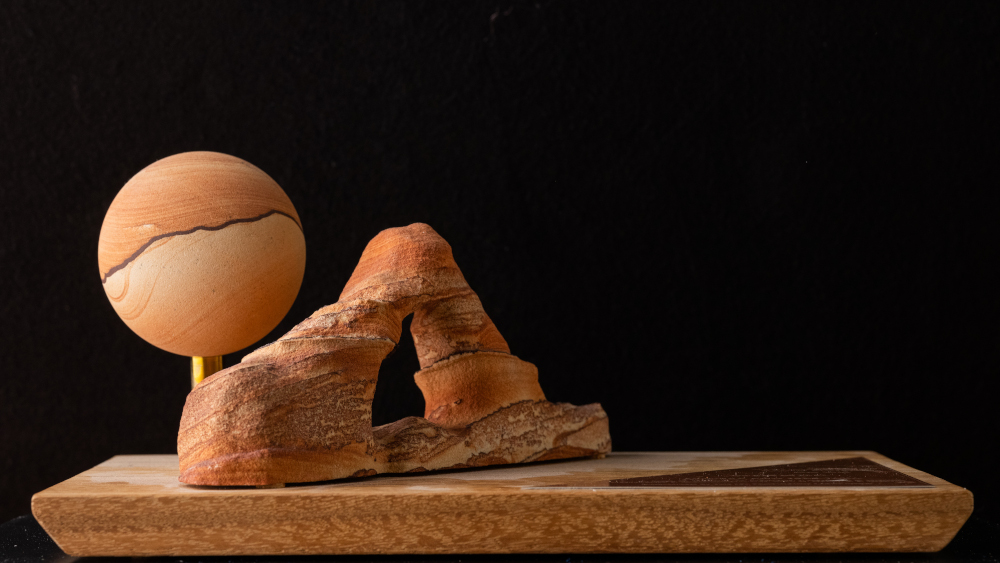 This edition was organised by Anastassios Petropoulos of the Jet Propulsion Laboratory Outer Planets Mission Analysis Group. The announcement was officially made on the 18th of March 2015, and can be found here.
This edition was organised by Anastassios Petropoulos of the Jet Propulsion Laboratory Outer Planets Mission Analysis Group. The announcement was officially made on the 18th of March 2015, and can be found here.
In a Nutshell
The theme chosen for this competition is “high-resolution mapping of radio sources in the universe using space-based Very-Long-Baseline Interferometry (VLBI)”. Three spacecraft depart from the Earth and need to perform interferometric measurements of one of 420 radio sources. A measurement can be made when the three spacecraft lie on a plane whose normal points towards the radio source. Moon gravity assists and low-thrust propulsion can be used to target each interferometric measure.
The files sent by JPL to describe the problem are:
- List of registered teams
- Problem statement
- Problem data: List of Radio Sources
- Requested output file format – Trajectory Format, Observations Format
- Final Rankings
The Winners
Led by Dario Izzo, the team from the European Space Agency’s Advanced Concepts Team (ACT) and JAXA’s ISAS won this edition. Most team members were either ACT members or former ACT members.
The Workshop
The GTOC8 workshop was held in NAPA, California as a special session of the 26th AAS/AIAA Space Flight Mechanics Meeting.
Download the paper presented by the organizer:
Curiosities
The winning strategy from ESA/JAXA was refined, in the months after the competition deadline, by one of the teams who reported, at the workshop in Napa, to have found a score of 158 MKm.
Many teams adopted completely different strategies and yet scored similarly.
The music synchronized with the winning trajectory in the video released by ESA’s ACT after the competition ended, is Hungarian Raphsody No. 2 by Liszt.
Anastassios Petropoulos designed and produced a beautiful trophy to award to the winning team. It is currently in display at the European Space and Technology Center (ESTEC) in the Netherlands.
